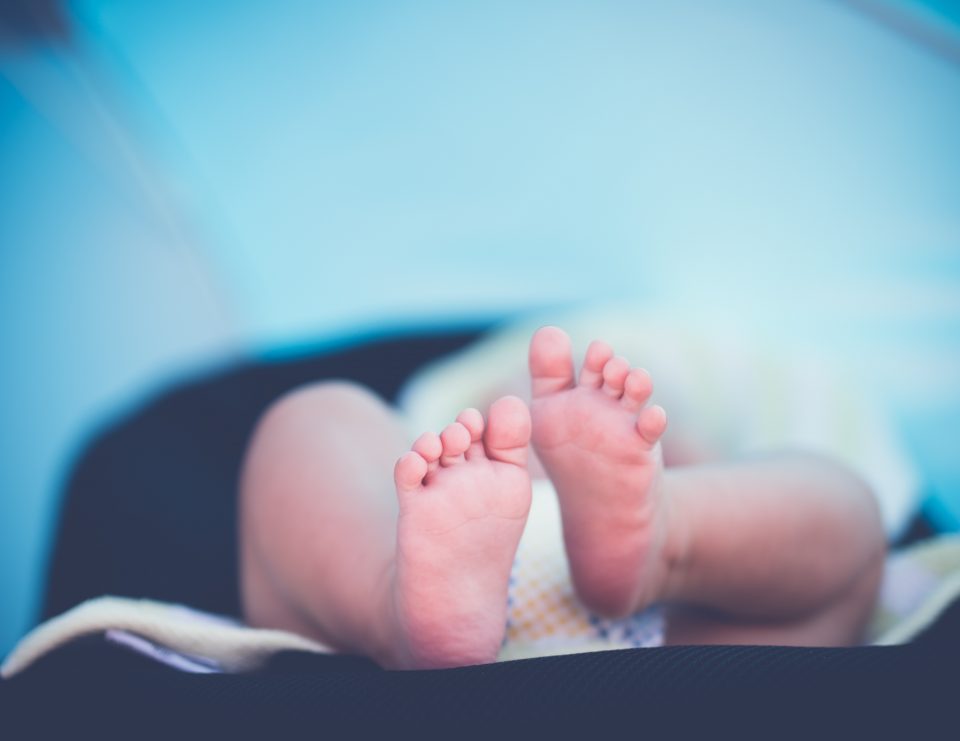Whether or not certain elements of the media are to be believed, it has recently been speculated that a certain Duchess is looking into the option of using water for labour and/or birth.
The media over the course of my waterbirth career (my first ever experience of using water was in 1987) only ever report on the sensational benefits or not of using water.
As a professional midwife for 36 years I have always offered parents in my care the most up to date evidence I can about the pros and cons of using water.
Recently I have started to use this wonderful picture to explain how to discover if water is for you, whether you are a midwife or parent.
Benefits
Water empowers the mother to take control of her own birth as she lifts and cradles her baby, with immediate skin to skin and optimal cord clamping.
Water allows a mother to move easier and change positions to assist her labour and birth. The pools are deep enough to encourage buoyancy and the reduced gravity permits weightlessness and improved blood flow.
The warmth of the water is relaxing and encourages the women to calmly go into a deep level of regression, many of whom share their birth stories and midwives who say it is often difficult to remember these women are still actually having contractions.
When relaxed in this way the fine interplay of hormones can work together (Buckley 2009). A reduction in adrenaline and catecholamine’s (hormones of excitement) are balanced in this environment, with an increase in endorphins (hormones of pleasure and transcendence). Chemically attracted to endorphins is oxytocin (hormone of love) which appears to shorten the length of labour (Garland 2017). The final two hormones that balance during the use of water is melatonin (hormone of sleep/relaxation) which may be the reason why many women require quiet and dark pool environments. Finally Prolactin (hormone of tender mothering) builds the woman’s mind and body for the next interaction with her baby…birth.
Risks
This is where the media has been very prolific in reporting on the very few complications which have occurred with water labour/birth. The research suggests that complications are extremely rare – excessive bleeding, cord snapping, newborn infection and increased perineal tears have been studied worldwide. The two simple ways to reduce these complications is for midwife and mother to have informed discussions, with open evidence based individual care pathways. The midwife should be confident and competent to support a mother with this choice. This final statement is in line with NMC Code 2015, revalidation/ education and the midwives own professional responsibility.
Alternatives
In some situations water may not be available due to a maternal or baby condition, particularly when continuous monitoring is advised. However, using a shower early in labour can be very relaxing both at home or hospital. Angling the shower head at any muscle or ligament which is painful may help release endorphins (bodies own natural analgesia).
To support a mother with the use of water, entonox (gas and air) is often used, massage is very relaxing, some midwives are qualified to use complimentary therapies (aromatherapy or acupressure) and these maybe available during labour in water. Hypnobirthing is becoming more popular to use alongside water or on its own during labour.
It is reported that nationally 50% of mothers who labour in water will leave the pool before birth (extra analgesia required, labour slowed or babies showing signs of compromise). Water is a powerful relaxant but just as other forms of analgesia it does not help every mother or every labour.
Intuition
We speak so much to mothers about listening to their bodies and babies, getting to know how your baby is reacting to life’s experiences. The option to use a pool is no different, why women choose to use water and how they decide this is a relaxing option is often based on memories of water exposure during other times in our lives. A long hard day at work, travelling a long journey, relaxing aches and pains after exercise, or remembering a water side holiday. These thoughts and memories are very strong and positive. They remind us of calm and quiet surroundings so using these memories and thoughts, alongside what our intuition tells us is an important reason as to why women choose water.
Many women wish for an undisturbed environment, low or no medical interventions, with birth companions and professionals who they trust is often quoted by mothers and midwives as a “natural” draw to water.
Do nothing
Is this an option? well on a pure level I guess the answer is yes. However for most women being aware of their options including the use of water, assists in understanding physiology and psychology of labour. Many women will write a birth preference and spend time reading, searching the internet or attending classes about using water in labour or birth. Some mothers at the other end of the spectrum choose not to research about using water, but knowledge is powerful and empowering. I suggest women and midwives seek out information in whatever method suits them.
Written beautifully to finish is a quote from “45 and pregnant” about babies and water …
“While our mothers are pregnant, we are marinating in her emotions”
By Dianne Garland, Freelance midwife SRN RM ADM PGCEA MSc




